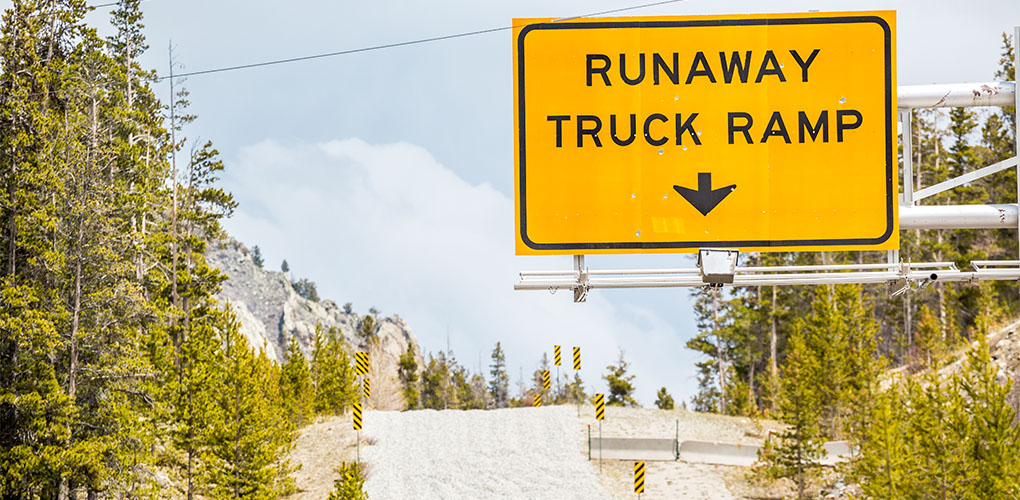
How to drive a semi truck in the mountains is a question many truck drivers ask, and it’s one of the most challenging situations a truck driver will face. You need to be extra cautious, use common sense, and be properly prepared at all times. There are several important factors to keep in mind before and while driving in the mountains;
- The condition of your vehicle
- Safety needs
- Terrain
- Weather and visibility
- Volume and nature of traffic
- The presence of wild life
- and the overall condition of the road
And do not underestimate the importance of quality commercial truck insurance, and who better to work with than our agents at House Trucking Insurance?
For better clarity, let us take a look at some general safety tips for the various stages of driving a semi in the mountains:
- Preparing for your trip: before beginning your journey, you should inspect your truck to make sure that it is in good condition. Check that the brakes, tires, and other parts of the truck are in top condition and there are not any leaks. Check your chains, fluid levels, wiper blades, and make sure you have food, water, warm clothes and blankets. Also make sure you have all necessary safety equipment such as flares, cones, chains, and a first aid kit. Those items will be imperative for you or others who need assistance after an accident. It is also time to bring yourself up to date on the terrain and weather conditions along your proposed route. Other drivers, websites, radio, and locals at services stations or food marts are a good source of learning what weather you will be facing.
Related: Commercial Truck Driving Safety Tips for Bad Weather Driving
- Using Tire Chains: Tire chains should be inspected before and after each use, and it’s always a good idea to have an extra set of chains or repair parts. When using chains, keep your speed down under 30 mph and do your best to maintain low enough speeds and proper distances to keep from needing to lock up the brakes. If your chains break while driving, there’s a good chance there will be damage to lights, mud flaps, and possibly your tires. Plus, you will need a place to stop for repairs which creates more risk.
- Climbing a mountain: when driving a semi up a mountain, it is best to down-shift gears to help maintain the pull on your truck. Driving uphill with the wrong gear selection can make your truck come to a complete stop which can cause traffic backup, embarrassment, and even worse, a collision. Based on your truck, keep track of your RPMs and find the happy medium that allows you to increase and decrease speed without constant shifting.
- Descending a mountain: when driving your semi downhill, always use a gear that is lower than one used for cresting the mountain. If your truck has a Jake brake or an engine retarder, make use of it to restrict your speed within safe limits. However, it is not advised to make use of the Jake brake when driving down a mountain road that is icy and slippery. Use your foot brake and gears during this situation. If gearing down and brakes fail, you may be forced to use a runaway truck ramp. In this situation, keep your hands firm on the steering wheel and keep your truck’s wheels as straight as possible, and be prepared for your vehicle to be slowed quickly.
- Driving around turns and curves: when negotiating a semi around turns and curves on a mountain road, always bring the nose of your truck closer to the high side of the curves to maintain torque. It will also help to make adequate allowance for off-tracking of the truck, which means maintaining your lane.
- General braking precautions: to avoid overheating of the brakes, it is best to apply light and steady pressure to the brake pedal. Doing otherwise can lead to dangerous consequences like loss of control, jackknifing, or a total loss of air brakes due to melting of the air lines.
Like all other driving scenarios, driving a semi in the mountains requires keeping focus on the road, staying off electronic devices unless truly necessary, watching for other drivers and wildlife, and just using common sense. You might be interested in: Commercial Truck Driving Safety Tips for Bad Weather Driving.